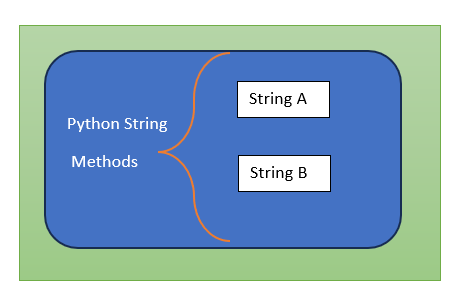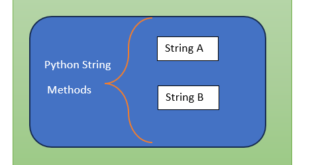The world of programming has witnessed a surge in popularity of Python due to its simplicity and versatility. Here is the blog for top 10 interview questions for python strings, As a Python developer, it is crucial to have a strong understanding of strings as they form a fundamental data type extensively used in Python programming. Whether you are an experienced professional or a fresh graduate, it is imperative to master Python strings to excel in your coding interviews. This comprehensive article presents the top 20 interview questions related to Python strings, covering a wide range of concepts and scenarios. By familiarizing yourself with these questions and their solutions, you will gain a competitive edge and be well-prepared for your next Python interview.
Interview Questions for Python Strings
1. What are Python Strings?
In Python, strings are sequences of characters enclosed within either single quotes (‘ ‘) or double quotes (” “). They are immutable data types, meaning that once a string is created, it cannot be modified. Strings play a crucial role in various operations such as text processing, data manipulation, and input/output handling.
2. How to Create Python Strings?
To create a string in Python, you can simply assign a sequence of characters to a variable using quotes. Here’s an example:
my_string = "Hello, Python!"
3. What is String Concatenation?
String concatenation refers to the process of combining two or more strings to create a single string. In Python, you can concatenate strings using the + operator or the += assignment operator. Here’s an example:
first_name = "Ram"
last_name = "Jai"
full_name = first_name + " " + last_name
4. How to Access Individual Characters in a String?
In Python, you can access individual characters in a string by using indexing. Indexing starts from 0, where the first character is at index 0, the second character is at index 1, and so on. Here’s an example:
my_string = "Python"
print(my_string[0]) # Output: 'P'
print(my_string[2]) # Output: 't'
5. What is String Slicing?
String slicing allows you to extract a substring from a larger string. It is done by specifying the start and end indices within square brackets. The slicing operation returns a new string that includes the characters within the specified range. Here’s an example:
my_string = "Hello, World!"
substring = my_string[7:12]
print(substring) # Output: "World"
6. How to Reverse a String in Python?
Reversing a string is a common task in programming. In Python, you can reverse a string using slicing with a step of -1. Here’s an example:
my_string = "Hello, World!"
reversed_string = my_string[::-1]
print(reversed_string) # Output: "!dlroW ,olleH"
7. How to Convert a String to Uppercase or Lowercase?
Python provides built-in methods to convert a string to uppercase or lowercase. The upper() method converts all characters in a string to uppercase, while the lower() method converts them to lowercase. Here’s an example:
my_string = "Hello, World!"
uppercase_string = my_string.upper()
lowercase_string = my_string.lower()
print(uppercase_string) # Output: "HELLO, WORLD!"
print(lowercase_string) # Output: "hello, world!"
8. How to Replace Characters in a String?
To replace characters or substrings within a string, you can use the replace() method in Python. It takes two arguments: the substring to be replaced and the replacement string. Here’s an example:
my_string = "Hello, World!"
new_string = my_string.replace("Hello", "Hi")
print(new_string) # Output: "Hi, World!"
9. How to Split a String into a List?
Python provides the split() method to split a string into a list of substrings based on a specified delimiter. By default, the delimiter is a space character. Here’s an example:
my_string = "Hello, World!"
split_list = my_string.split(", ")
print(split_list) # Output: ['Hello', 'World!']
10. How to Check if a String Contains a Substring?
To check if a string contains a specific substring, you can use the in keyword in Python. It returns True if the substring is found and False otherwise. Here’s an example:
my_string = "Hello, World!"
contains_substring = "World" in my_string
print(contains_substring) # Output: True
Read about Python strings here.
Python full documentation is here.
 IT2EDU Empowering Education Through Technology
IT2EDU Empowering Education Through Technology


